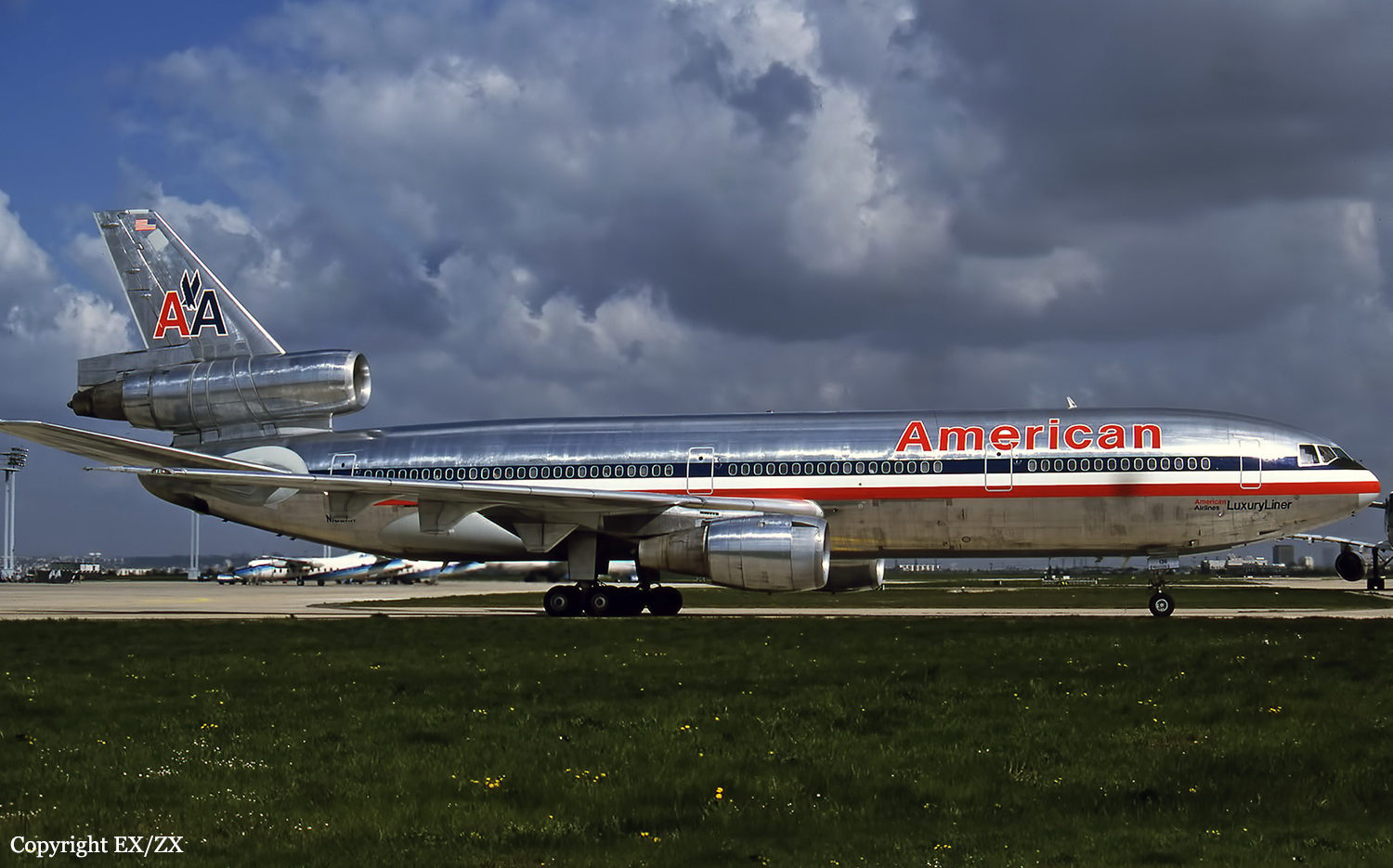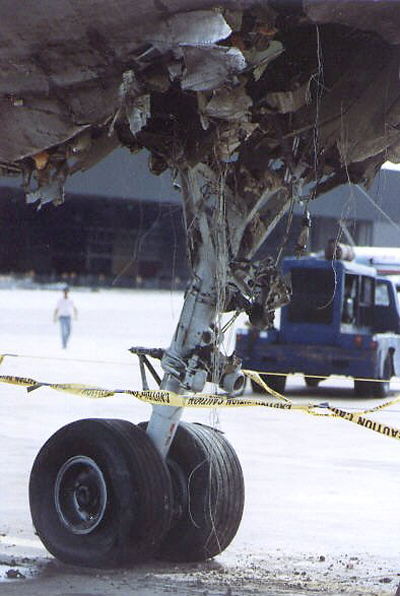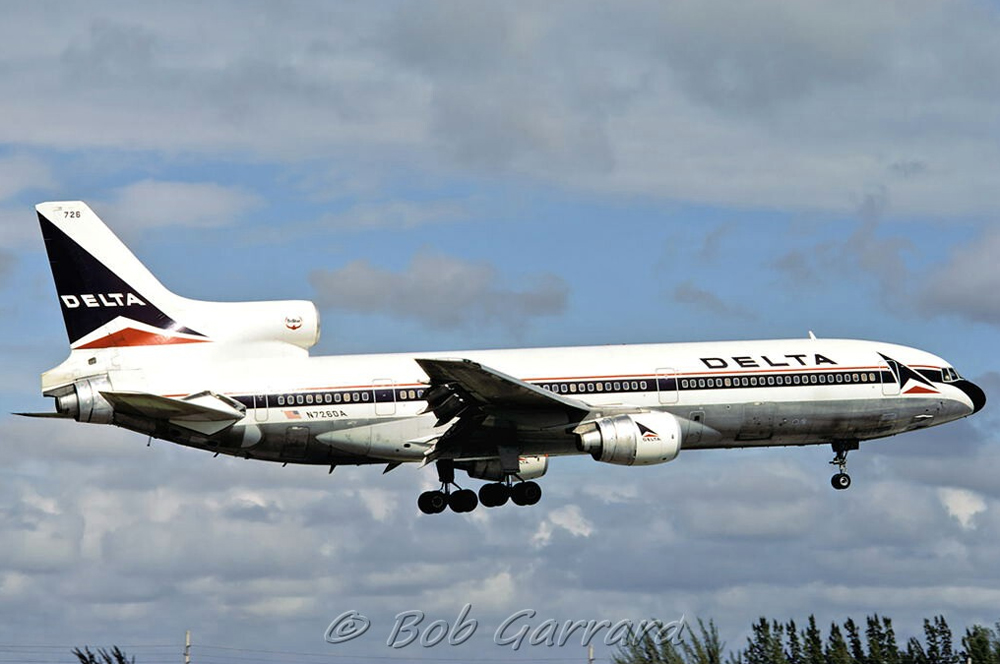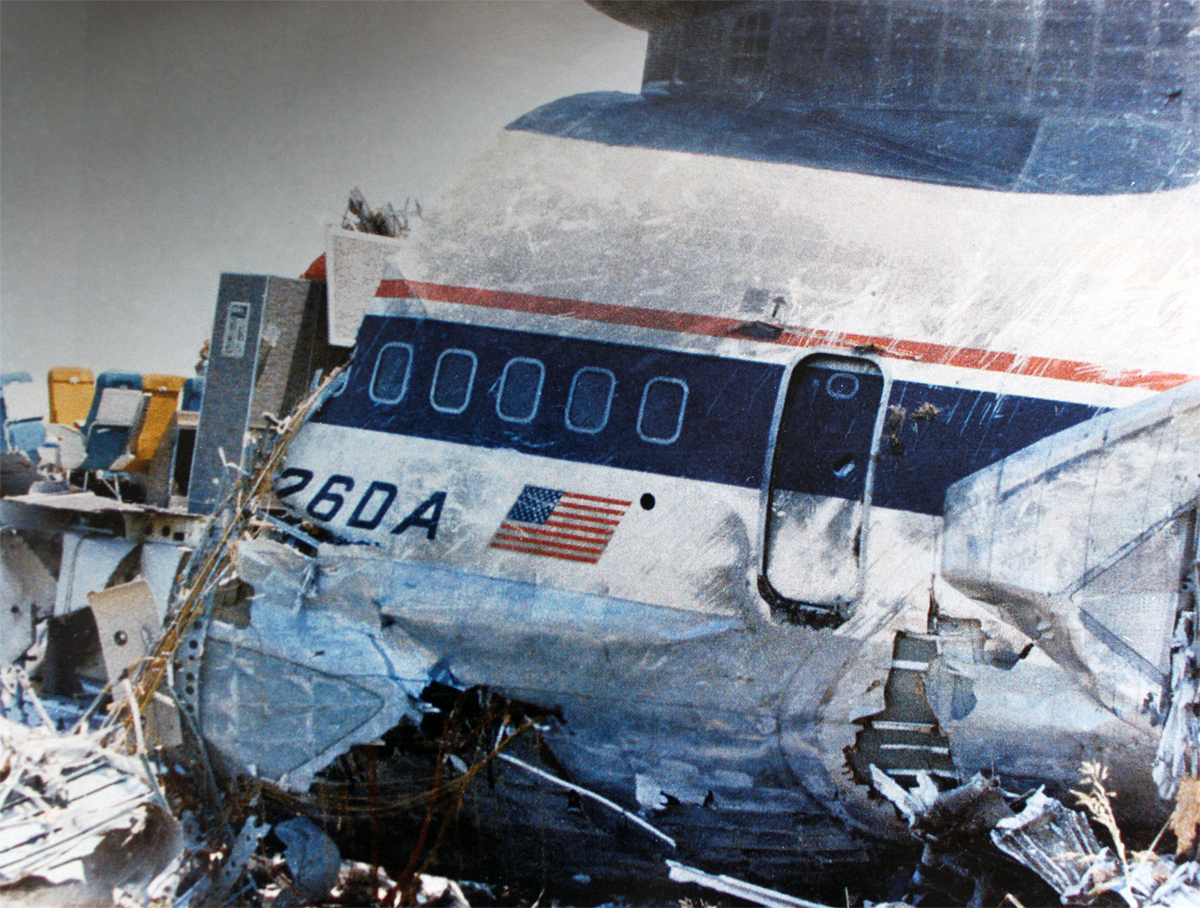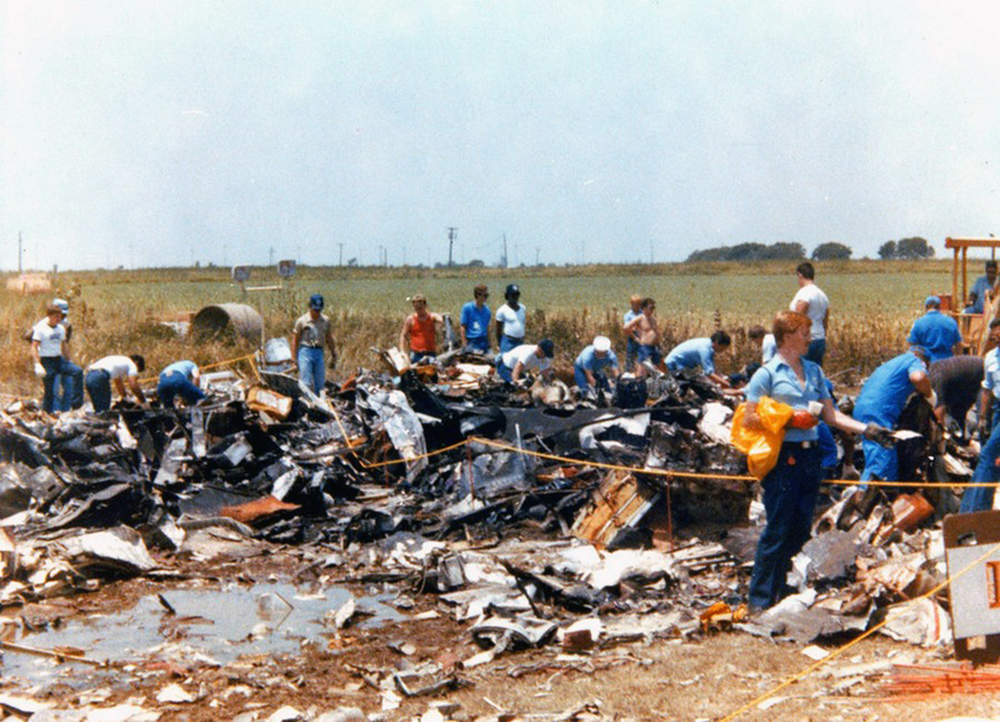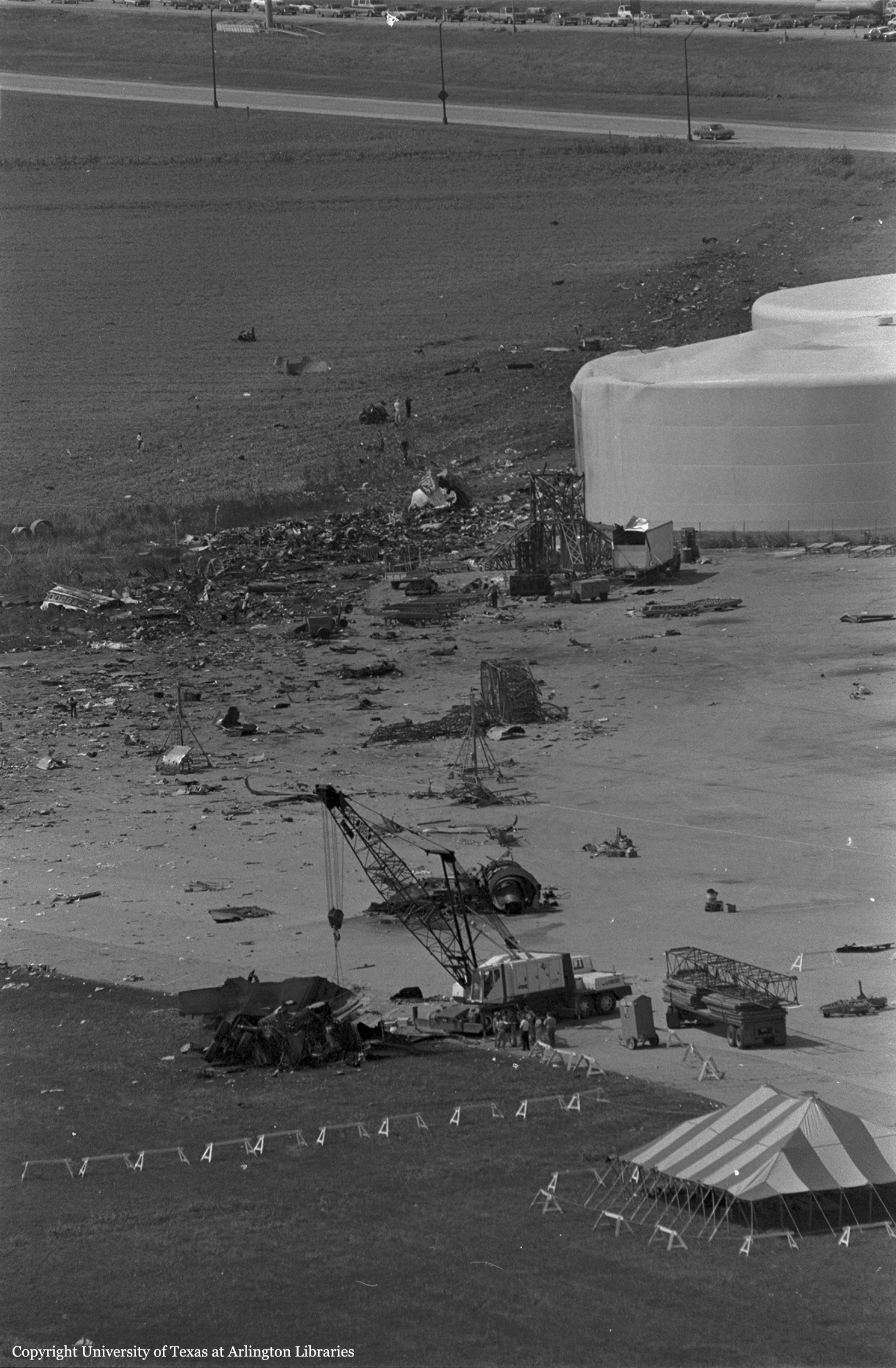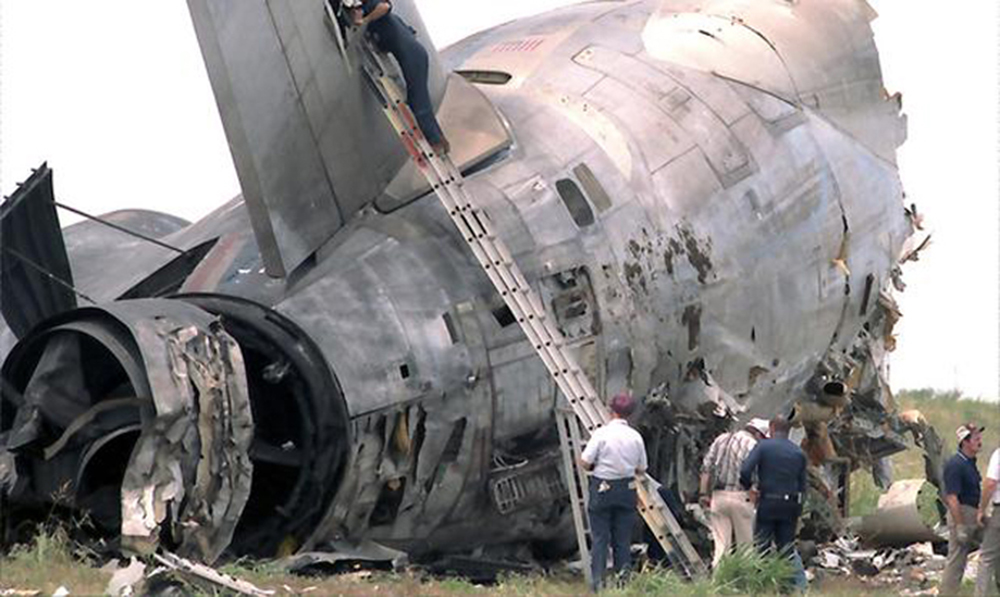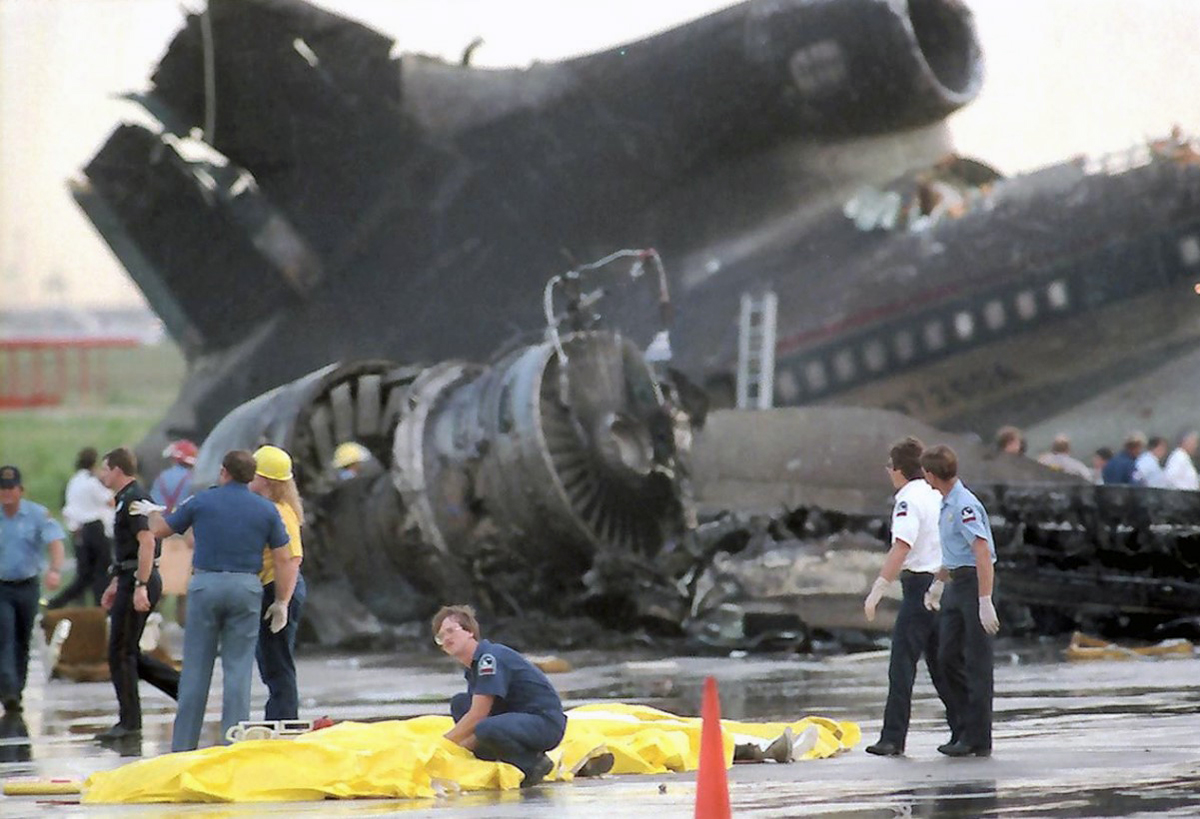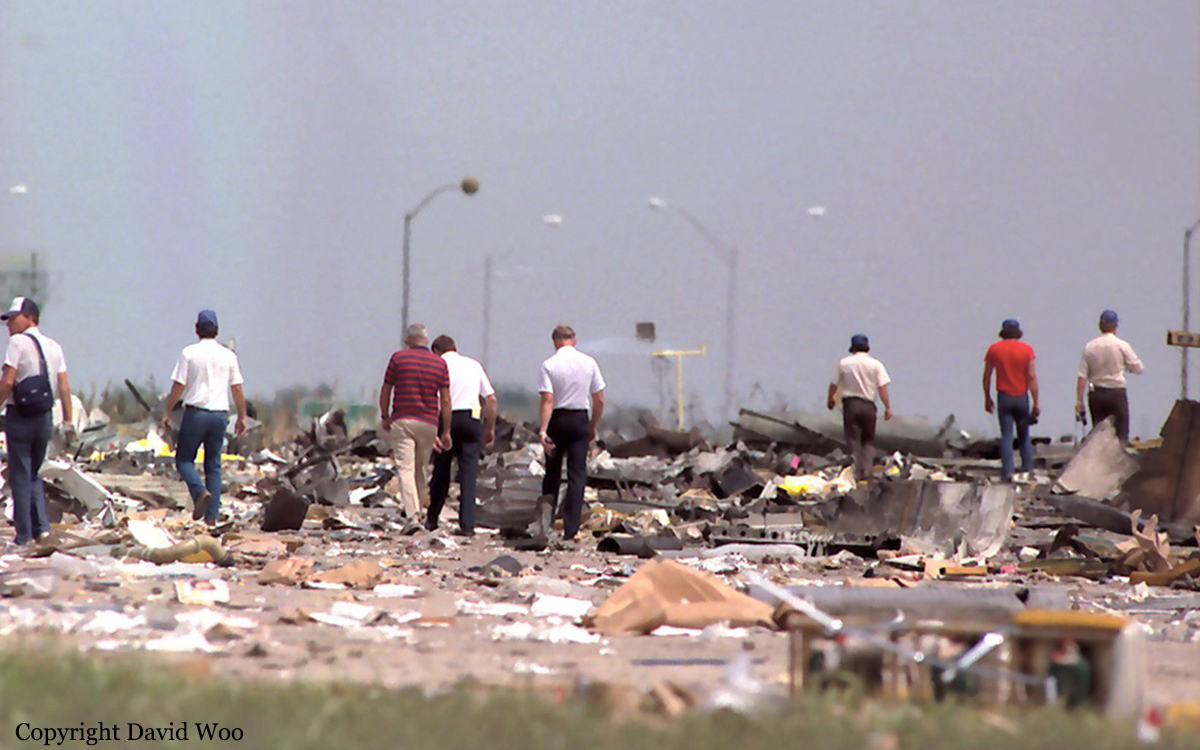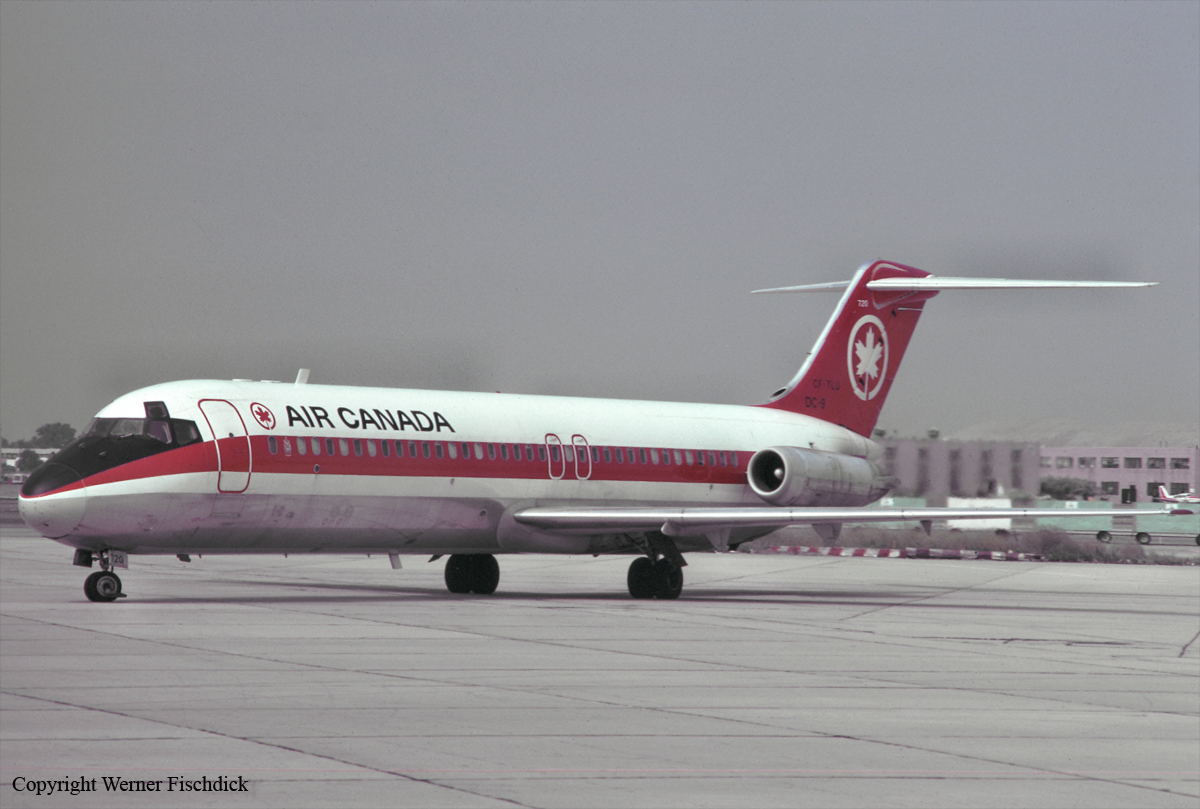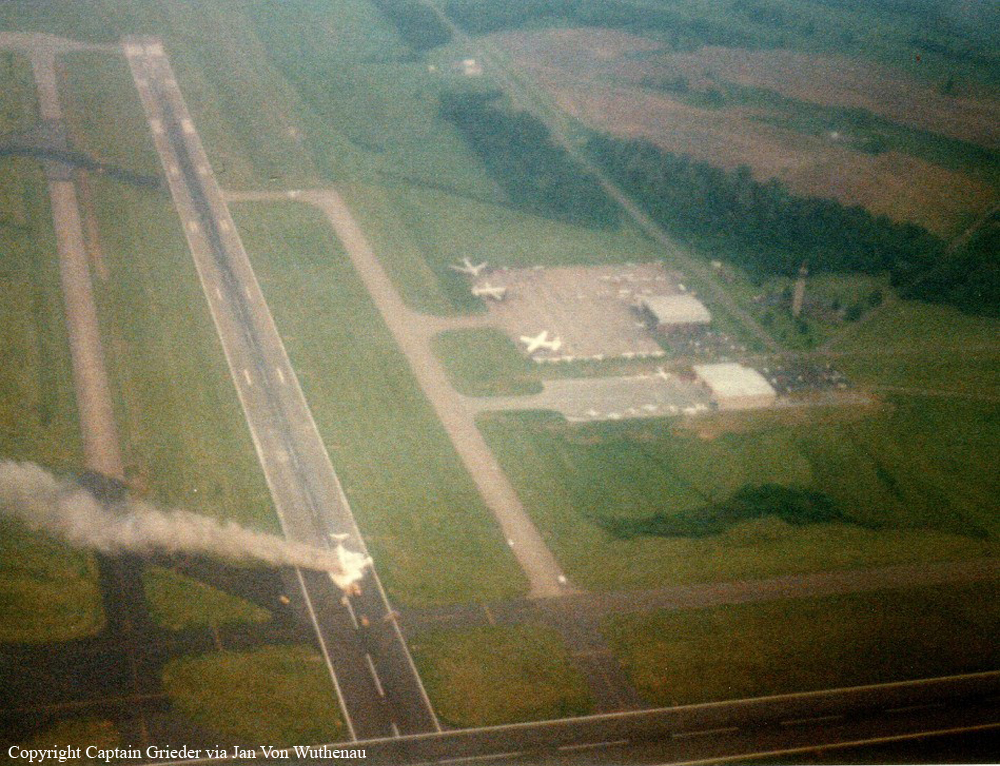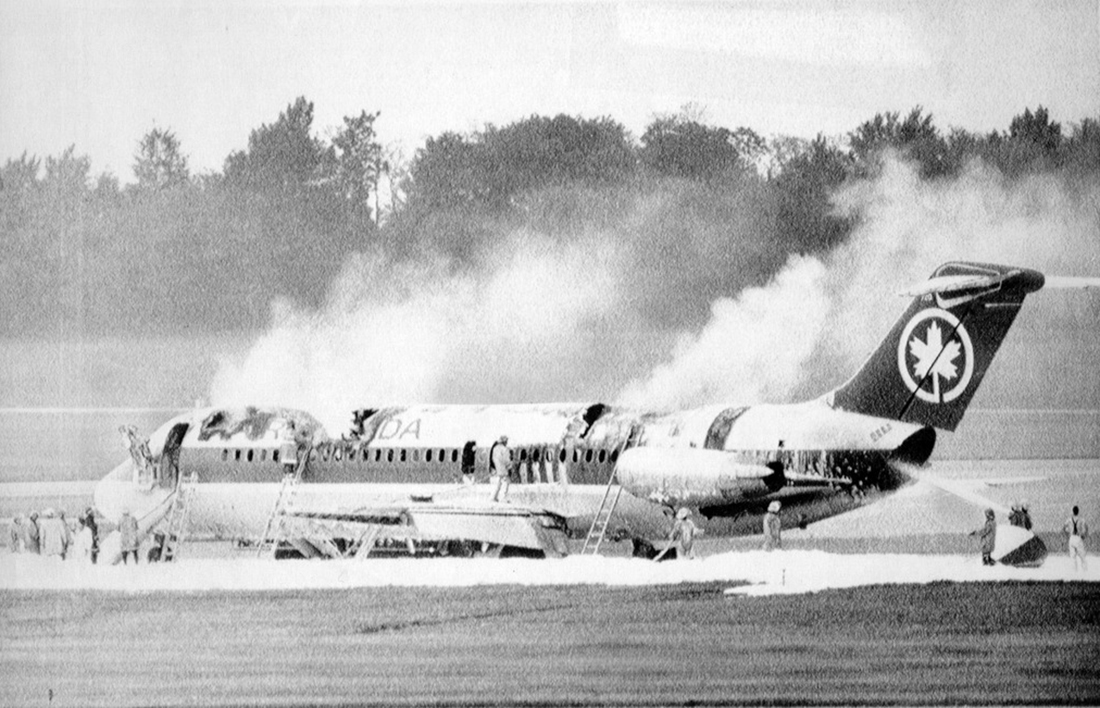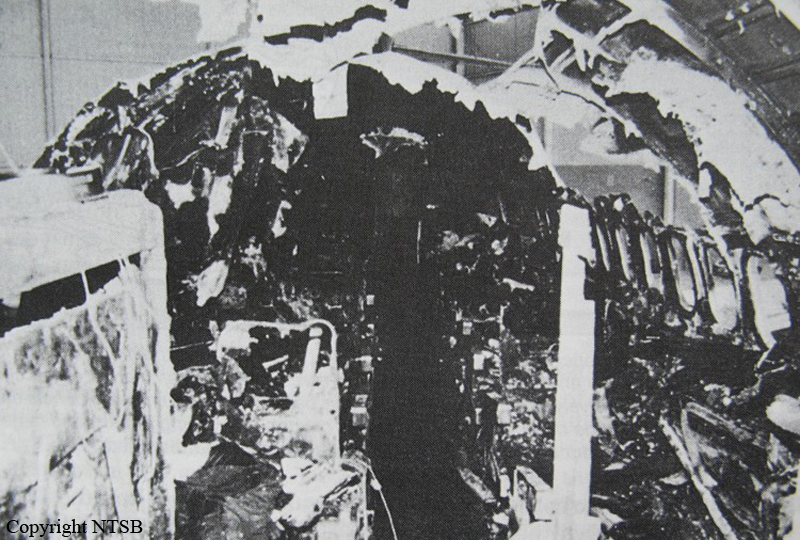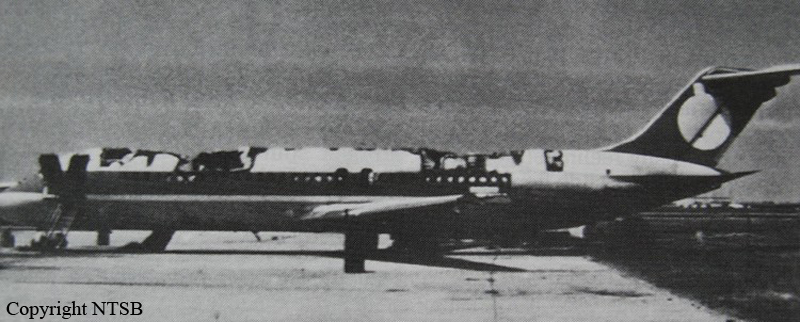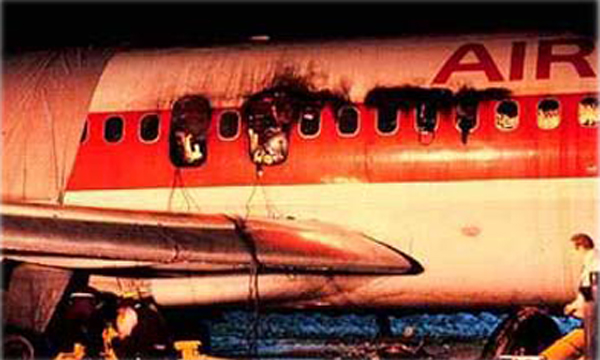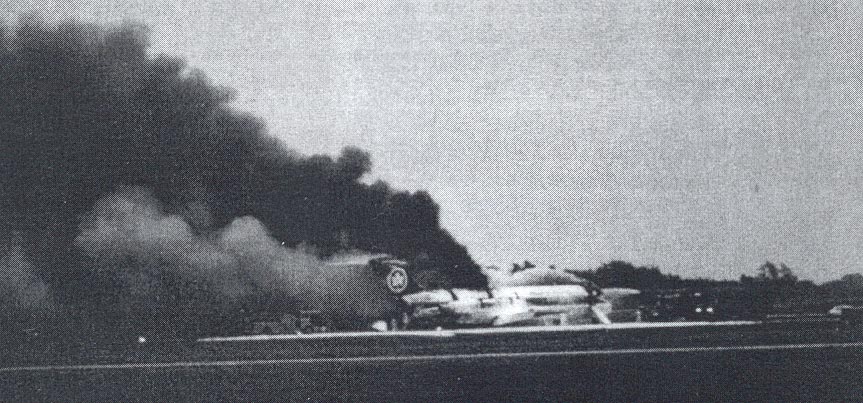Crash of a Douglas DC-10-30 in Dallas
Date & Time:
May 21, 1988 at 1612 LT
Registration:
N136AA
Survivors:
Yes
Schedule:
Dallas - Frankfurt
MSN:
47846
YOM:
1972
Flight number:
AA070
Crew on board:
14
Crew fatalities:
Pax on board:
240
Pax fatalities:
Other fatalities:
Total fatalities:
0
Captain / Total hours on type:
2025.00
Aircraft flight hours:
61322
Aircraft flight cycles:
12864
Circumstances:
A rejected takeoff was attempted when the slat disagree light illuminated and the takeoff warning horn sounded at 166 knots (V1). The pilot aborted the takeoff, but the aircraft accelerated to 178 knots ground speed before it began to decelerate. The deceleration was normal until 130 knots where an unexpected rapid decay in the deceleration occurred. The aircraft ran off the end of the runway at 95 knots, the nose gear collapsed, and the aircraft came to a stop 1,100 feet beyond the end of the runway. Eight of the ten brake sets failed. Post-accident exam of the brakes revealed that excessive brake wear occurred during the rejected takeoff. Testing showed that dc-10 worn brakes have a much greater wear rate during an rto. The faa does not require worn brake testing. Douglas did not use brake wear data from rto certification tests to set more conservative brake wear replacement limits. New brakes were used for those tests. All 254 occupants were evacuated, among them eight were injured, two seriously. The aircraft was damaged beyond repair.
Probable cause:
Occurrence #1: airframe/component/system failure/malfunction
Phase of operation: takeoff
Findings
1. (f) flt control syst, wing slat system - false indication
----------
Occurrence #2: airframe/component/system failure/malfunction
Phase of operation: takeoff - aborted
Findings
2. Aborted takeoff - attempted
3. Airspeed (v1) - exceeded
4. (c) landing gear, normal brake system - inadequate
5. (c) acft/equip, inadequate aircraft component - manufacturer
6. (c) inadequate substantiation process - manufacturer
7. (c) inadequate certification/approval, aircraft - faa (organization)
8. Landing gear, normal brake system - worn
9. (c) landing gear, normal brake system - failure, total
----------
Occurrence #3: overrun
Phase of operation: takeoff - aborted
Findings
10. Terrain condition - soft
11. Object - approach light/navaid
----------
Occurrence #4: nose gear collapsed
Phase of operation: takeoff - aborted
Phase of operation: takeoff
Findings
1. (f) flt control syst, wing slat system - false indication
----------
Occurrence #2: airframe/component/system failure/malfunction
Phase of operation: takeoff - aborted
Findings
2. Aborted takeoff - attempted
3. Airspeed (v1) - exceeded
4. (c) landing gear, normal brake system - inadequate
5. (c) acft/equip, inadequate aircraft component - manufacturer
6. (c) inadequate substantiation process - manufacturer
7. (c) inadequate certification/approval, aircraft - faa (organization)
8. Landing gear, normal brake system - worn
9. (c) landing gear, normal brake system - failure, total
----------
Occurrence #3: overrun
Phase of operation: takeoff - aborted
Findings
10. Terrain condition - soft
11. Object - approach light/navaid
----------
Occurrence #4: nose gear collapsed
Phase of operation: takeoff - aborted
Final Report:
